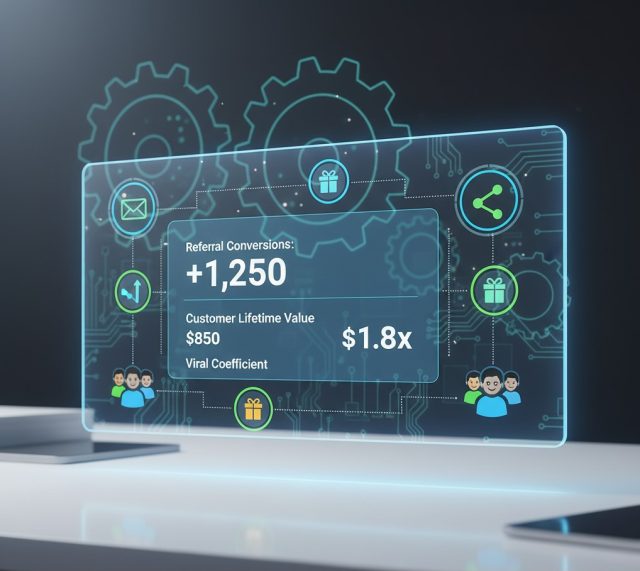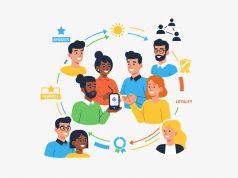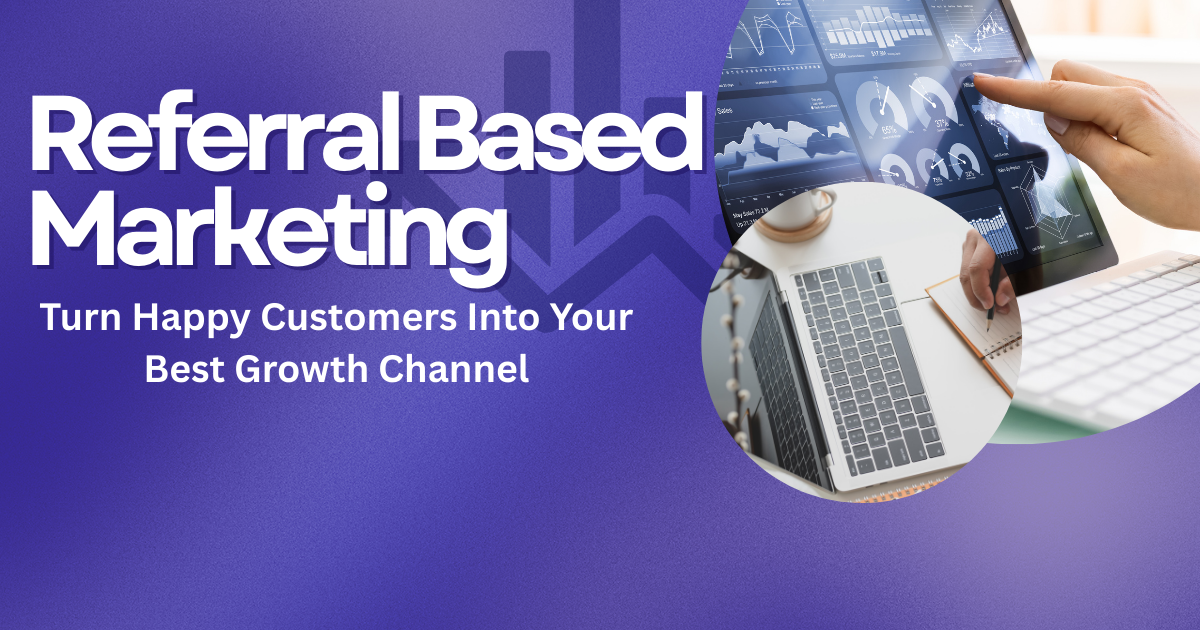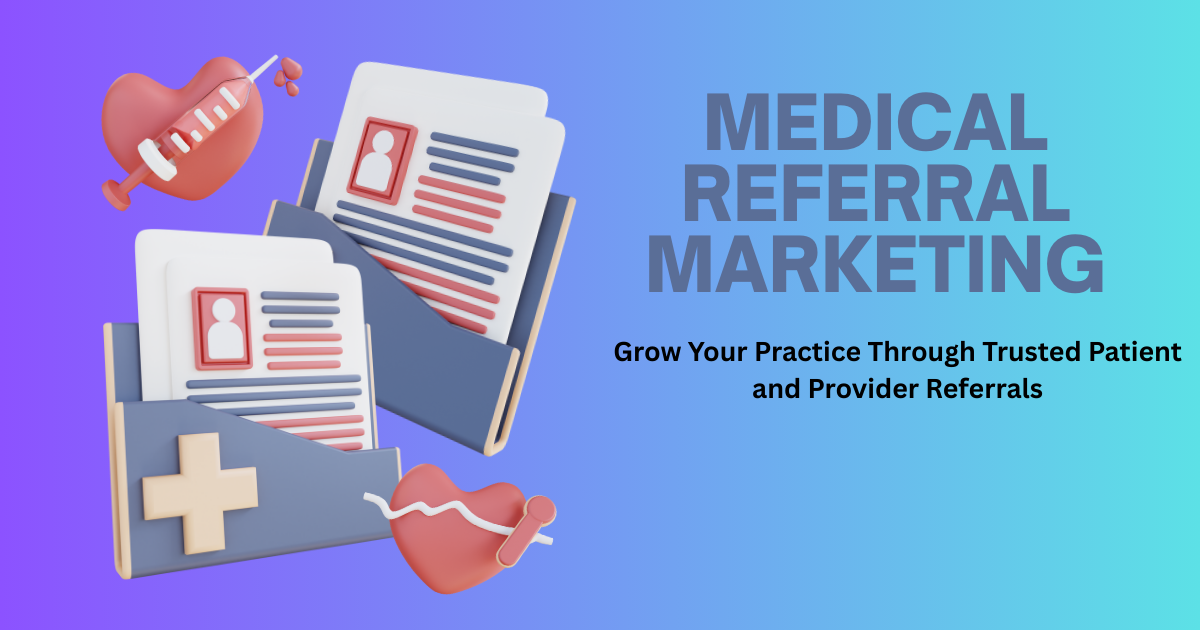In today’s competitive marketplace, referral marketing remains one of the most powerful avenues for authentic customer acquisition. Yet as your program grows, manually tracking referrals, rewards, and communications can become time-consuming and error-prone. That’s where automated referral marketing comes in. By leveraging the right tools and strategies, you can streamline processes, maintain personalization, and scale your word-of-mouth campaigns without ballooning overhead.
The Power of Automated Referrals
Automating referral marketing means your system handles outreach, tracking, and rewards distribution with minimal manual input. This approach offers several advantages:
- Consistency: Automated workflows ensure every referrer and referee receives messages or incentives on schedule, eliminating human error.
- Personalization at Scale: Dynamic tokens let you insert customer names, reward tiers, and custom links into emails or SMS campaigns, maintaining a one-to-one feel even as your base expands.
- Data-Driven Insights: Integrated analytics capture key referral metrics in real time, helping you optimize program elements and maximize ROI.
- Cost Efficiency: Automating repetitive tasks frees up your marketing team to focus on strategic growth efforts, reducing operational costs over time.
Core Features of Referral Automation Tools
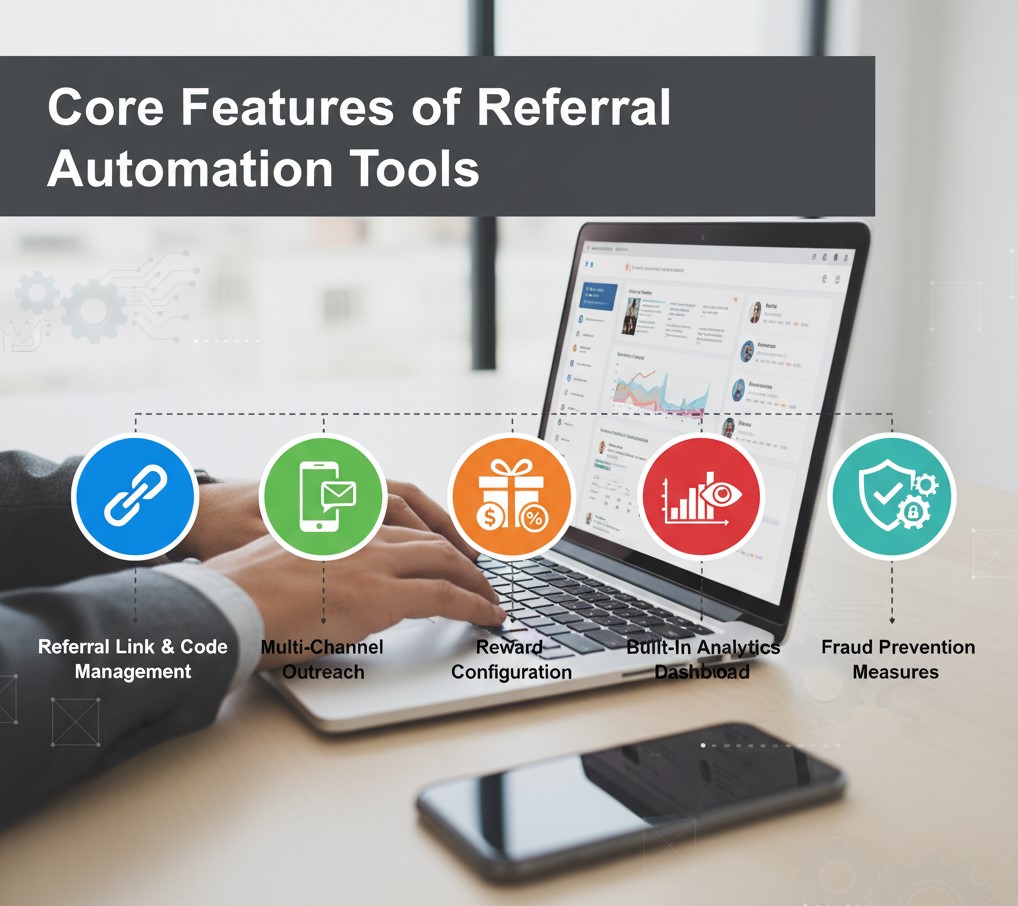
Not all automation platforms are created equal. When evaluating solutions, look for these must-have features:
- Referral Link & Code Management: Generate unique referral links or codes for each customer and ensure they’re tracked correctly through your sales funnel.
- Multi-Channel Outreach: Send automated invites via email, SMS, social media, or in-app notifications to meet customers on their preferred channels.
- Reward Configuration: Create flexible reward structures—fixed discounts, percentage-off coupons, store credit, or tiered incentives—to motivate both referrers and referees.
- Built-In Analytics Dashboard: Monitor referral counts, conversion rates, viral coefficients, and customer lifetime value (CLV) in one unified interface.
- Integration Capabilities: Connect with your CRM, e-commerce platform, email service provider, or customer support tools to keep data synchronized.
- Fraud Prevention Measures: Detect duplicate accounts, block suspicious referrals, and set thresholds to avoid misuse of referral rewards.
Top Referral Marketing Automation Tools
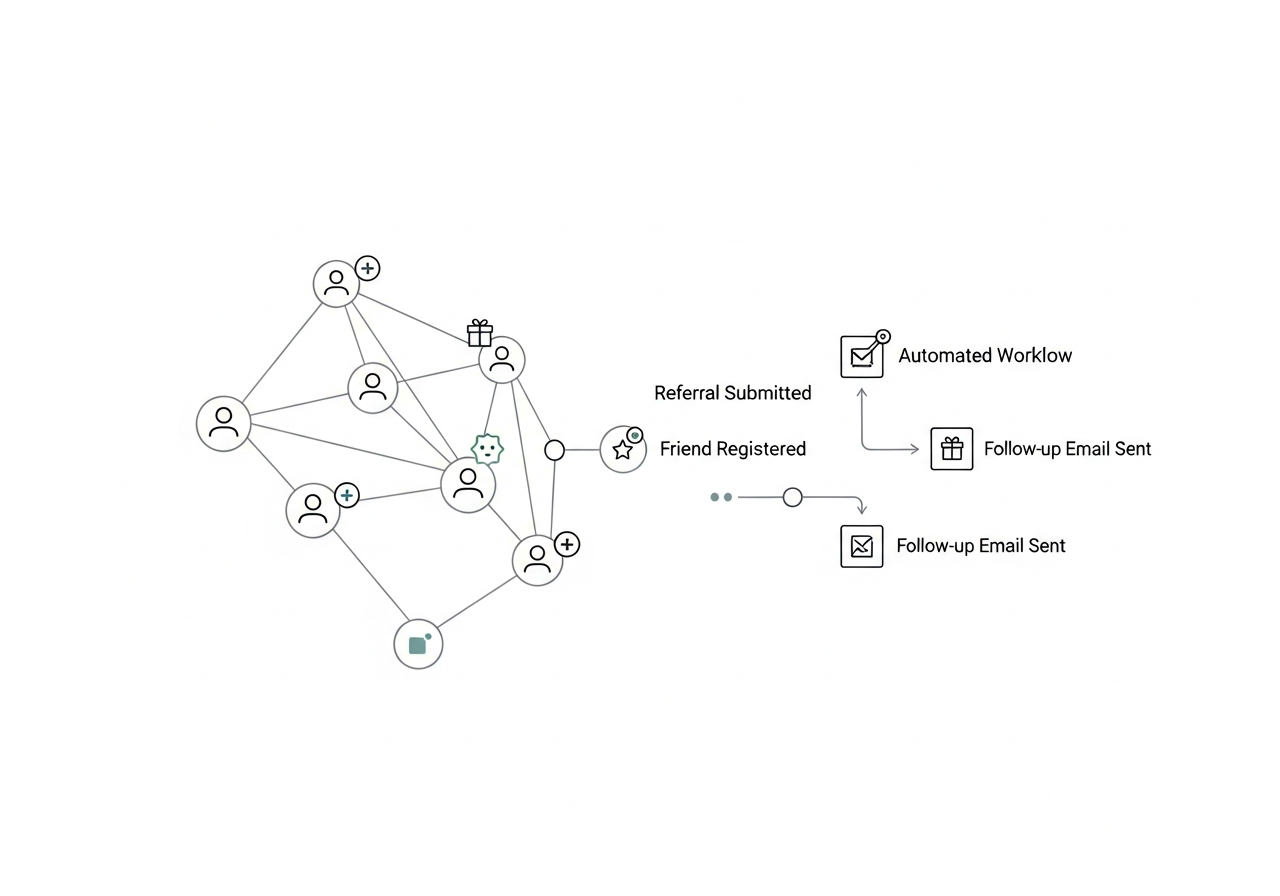
Here are some popular platforms that excel in streamlining referral campaigns:
- ReferralCandy: Ideal for e-commerce brands, it integrates seamlessly with Shopify and WooCommerce, offering customizable reward schemes and automated email flows.
- Friendbuy: Provides advanced segmentation, A/B testing, and APIs for deep personalization. A favorite among B2C and D2C companies.
- Yotpo: Combines referral marketing with loyalty and reviews management, empowering brands to leverage user-generated content alongside word-of-mouth campaigns.
- Influitive AdvocateHub: Designed for B2B, it offers gamification, customizable challenges, and robust analytics to engage professional audiences.
- Growave: A versatile Shopify app that unifies loyalty, referrals, and user-generated content under one dashboard, perfect for small to mid-sized stores.
Proven Strategies to Implement Automation
Selecting a tool is only half the battle. Follow these steps to ensure a successful rollout:
Define Clear Referral Goals
Are you aiming to increase new customer signups, boost premium upgrades, or grow social media mentions? Establish specific, measurable KPIs—such as “Acquire 500 new users via referrals in Q3” or “Raise referral conversion rate by 20%”—before you launch.
Map the Customer Journey
Outline touchpoints where referrals feel most natural. For instance, trigger referral invites after a positive product review, a successful onboarding session, or a milestone purchase.
Craft Compelling Incentives
Test different reward types, like mutual discounts, cash bonuses, or charitable donations. Use automation to personalize incentive offers based on customer segments and past behavior.
Automate Personalized Messaging
Design email and SMS templates with dynamic fields for names, referral codes, and reward details. A/B test subject lines, send times, and content formats to optimize open and click rates.
Integrate Seamlessly with Other Systems
Connect your referral platform to your CRM to track customer lifetime value and segment high-potential advocates. Sync to your analytics suite to attribute revenue accurately to referral sources.
Best Practices and Common Pitfalls
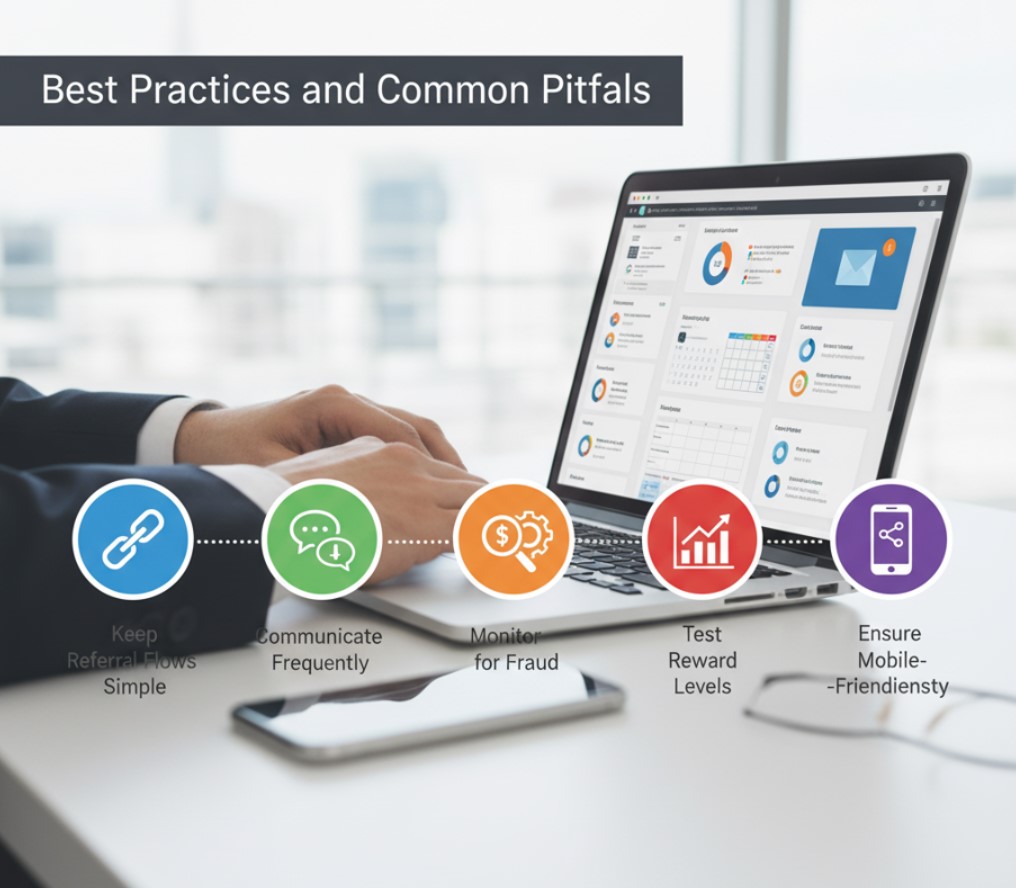
To maximize adoption and ROI, keep these best practices in mind—and avoid frequent missteps:
- Keep Referral Flows Simple: Overly complex processes deter participation. Aim for a two-click sharing experience and clear reward terms.
- Communicate Frequently: Send reminders to inactive referrers and progress updates when they’re close to unlocking a reward.
- Monitor for Fraud: Watch out for self-referrals, bot networks, or bulk signups. Set region or IP limits and employ CAPTCHA when needed.
- Test Reward Levels: If uptake is low, experiment with higher-value incentives or tiered bonuses for additional referrals.
- Ensure Mobile-Friendliness: Many customers share on social apps. Design referral landing pages and emails to render flawlessly on smartphones.
Measuring Success and Analytics
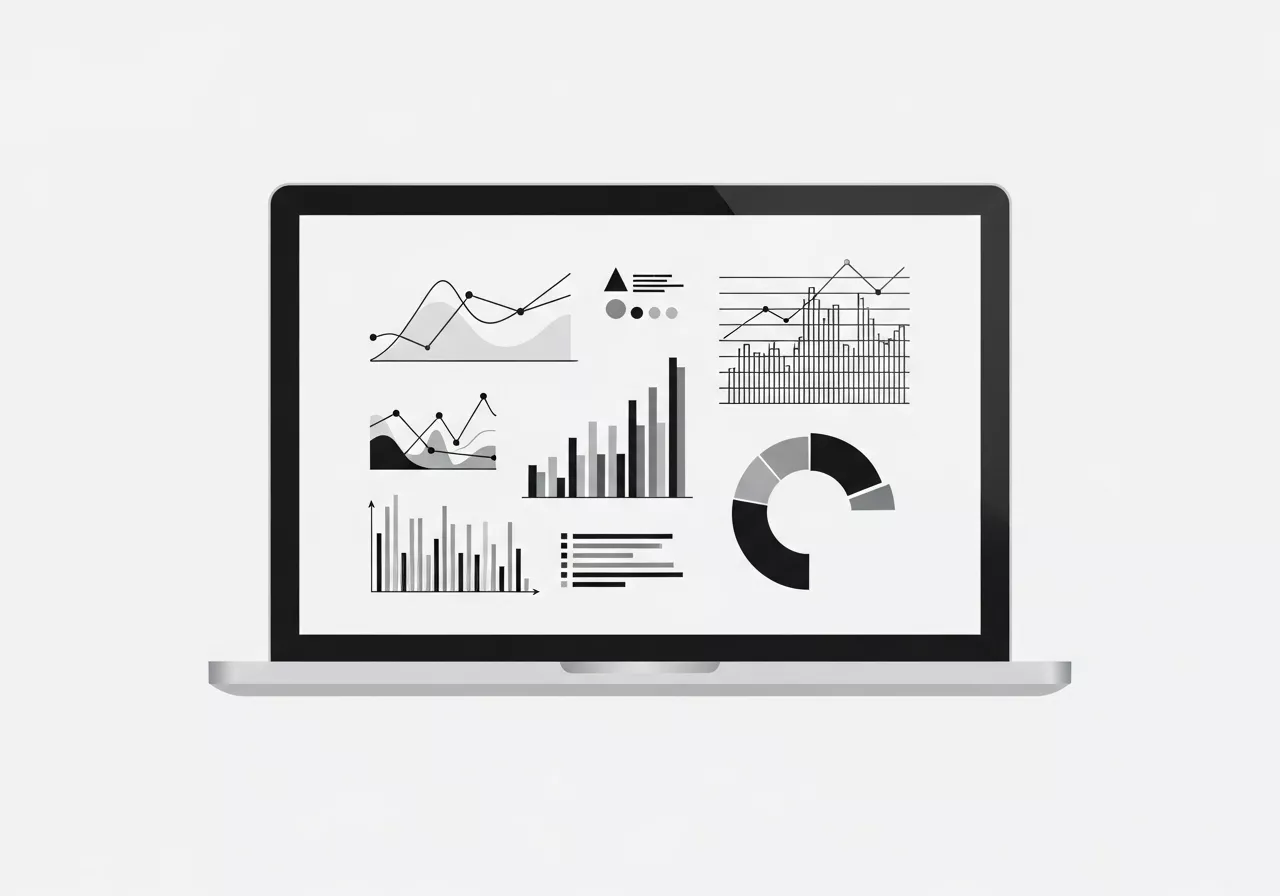
Solid reporting is the backbone of any automated referral campaign. Track these key metrics:
- Referral Conversion Rate: The percentage of referees who become customers after clicking a referral link.
- Viral Coefficient: Average number of new customers each existing customer generates through referrals. A number above 1 indicates exponential growth.
- Cost per Acquisition (CPA): Total referral program costs divided by the number of new customers acquired via referrals.
- Customer Lifetime Value (CLV): Compare CLV of referral-acquired customers to those from other channels to understand long-term impact.
- Engagement Metrics: Email open rates, click-through rates, and social shares help refine your messaging and timing.
Leverage built-in dashboards for real-time insights and integrate with your BI tools to create custom reports. Regularly review performance and iterate on underperforming elements.
Real-World Examples
Several brands have achieved remarkable results through automated referral initiatives:
- Dropbox: By automating a simple “give 500MB, get 500MB” program, Dropbox grew its user base by 60% in just one year without heavy ad spend.
- Uber: A streamlined referral flow in the app enabled users to invite friends instantly and receive ride credits upon first use, fueling global expansion.
- Tesla: Its automated owner-to-owner referral contests offered exclusive rewards—like free Supercharging—driving viral excitement among early adopters.
Segmenting Your Advocates for Maximum Impact
Segmenting your audience is one of the most powerful ways to ensure your referral program delivers maximum ROI. Not all customers are equally likely to share or influence others. By analyzing customer behavior, purchase history, and engagement levels, you can prioritize high-potential advocates and deliver messages that resonate deeply. This targeted approach ensures that automated campaigns are not just mass-sent messages but tailored experiences that feel personal.
Segmentation allows brands to understand who their most influential advocates are, what motivates them, and how to structure rewards that encourage continued participation. Without segmentation, campaigns risk wasting resources on low-engagement users while missing opportunities with those most likely to refer.
Advanced Segmentation Approaches:
- Top Referrers: Customers who have already referred multiple friends in the past. Rewarding them with VIP perks or exclusive early-access offers can amplify referrals.
- High-Value Customers: These are customers with high lifetime value (CLV). Personalized rewards for this group ensure the most profitable advocates are nurtured.
- Behavior-Based Segmentation: Track engagement triggers, like product reviews, social shares, or milestone purchases, and prompt these customers to participate at the peak of their excitement.
- Dormant Advocates: Customers who haven’t referred in a while can be reactivated with limited-time bonuses or new reward tiers.
Example Table: Advocate Segmentation & Rewards
| Segment | Criteria | Suggested Incentive | Delivery Method | Frequency |
|---|---|---|---|---|
| Top Referrers | ≥5 successful referrals in last 6 months | Exclusive VIP access, premium gifts | Email & SMS | Monthly |
| High-Value Customers | CLV > $500 | Tiered discount, bonus points | Email & In-App | Quarterly |
| Behavior-Based Segments | Completed review, milestone purchase, or share | Personalized gift or free trial | Email, Social DM | Trigger-based |
| Dormant Advocates | No referral in last 3 months | Limited-time bonus, urgency messaging | Email & Push Notification | Bi-weekly |
By combining segmentation with automated workflows, brands can deliver hyper-personalized experiences to each advocate segment. This not only improves referral conversion rates but also builds loyalty, enhances customer experience, and ensures each advocate feels valued and recognized.
Gamification Techniques in Referral Programs
Gamification takes referral marketing beyond standard incentive programs and transforms it into an engaging, interactive, and habit-forming experience. Humans are naturally motivated by achievement, recognition, and competition, and gamification leverages these psychological drivers. Using automated systems, brands can implement points, tiers, and challenges that reward advocates for consistent participation.
Popular Gamification Techniques:
- Leaderboards: Display the top referrers publicly or in-app to encourage friendly competition. This taps into social motivation and can drive repeated referrals.
- Tiered Reward Systems: Design reward levels that escalate as advocates refer more friends. For example: 1 referral = $5, 5 referrals = $25, 10 referrals = VIP rewards. Tiered rewards create long-term engagement rather than one-off participation.
- Achievement Badges & Levels: Recognize advocates with visual achievements or virtual trophies when they hit milestones. This adds gamified status and prestige.
- Limited-Time Referral Challenges: Urgency drives action. Launch campaigns such as “Refer 3 friends this week for an extra bonus” to create bursts of engagement.
- Cumulative Points Systems: Allow advocates to accumulate points over time that can be redeemed for multiple reward options, making participation feel strategic and rewarding.
Gamification Benefits:
- Creates a sense of progress, which increases participation frequency.
- Encourages competitive behavior that drives viral growth.
- Enhances customer loyalty as advocates feel recognized and rewarded.
- Increases long-term engagement by creating recurring touchpoints for referrals.
Gamification Example Table:
| Gamification Type | Mechanism | Example Reward | Automation Trigger |
|---|---|---|---|
| Leaderboards | Public ranking of top referrers | VIP access, badges | Weekly update |
| Tiered Rewards | Reward increases with more referrals | Discounts, exclusive products | Referral milestone reached |
| Achievement Badges | Virtual badges for specific referral counts | Digital trophies, social shoutout | Milestone achieved |
| Limited-Time Challenges | Time-bound referral goals | Bonus rewards, free upgrades | Campaign start & end dates |
| Cumulative Points System | Points accumulate and redeemable | Store credit, gift cards | Points threshold reached |
Gamification, when combined with automation, allows brands to track each participant’s progress, send reminders, and instantly reward achievements, creating a self-sustaining referral ecosystem.
Optimizing Referral Program Messaging
Messaging is the heartbeat of any referral program, and automation ensures your communications are timely, relevant, and engaging. Well-structured messages guide advocates through the referral journey without manual intervention. Automated personalization is crucial: by dynamically inserting names, referral links, and rewards, you maintain a one-to-one experience even at scale.
Key Messaging Best Practices:
- Personalization at Scale: Include advocate names, referral codes, and reward details dynamically. For example: “Hi Sarah, share your link and get $10 credit for each friend who signs up!”
- Clear Call-to-Action (CTA): Every message should clearly state the next step—share, refer, or redeem. Avoid ambiguity to maximize clicks and conversions.
- Timing & Frequency: Send messages after high-engagement triggers like purchase completion, onboarding success, or positive reviews. Avoid over-messaging to prevent fatigue.
- Multichannel Delivery: Utilize email, SMS, push notifications, and social media to reach advocates wherever they are most active.
- Incentivize Social Sharing: Include click-to-share buttons for Facebook, Twitter, Instagram, and LinkedIn. Pre-filled text with referral code simplifies sharing and increases visibility.
Messaging Optimization Table Example:
| Message Type | Trigger Event | Key Elements | Delivery Channel | Frequency |
|---|---|---|---|---|
| Welcome Referral Email | Post-signup or first purchase | Name, referral code, instructions, reward | Immediate | |
| Milestone Reminder | After 2–3 successful referrals | Personalized message, leaderboard update | Email & SMS | Weekly |
| Urgent Campaign | Limited-time offer | Deadline, reward highlight, CTA | Email, Push, Social DM | Campaign-specific |
| Social Share Prompt | Post-purchase or review | Social buttons, pre-filled text, reward info | Email & In-App | Trigger-based |
| Dormant Advocate Nudge | No referrals in 3 months | Limited-time bonus, personalized CTA | Email & Push | Bi-weekly |
Automated messaging ensures advocates are consistently nurtured, rewarded, and reminded, keeping the referral program active and growing without overloading your team. A well-optimized messaging sequence can significantly boost participation rates, conversions, and program ROI.
Conclusion
Referral marketing automation unlocks the true potential of word-of-mouth growth by marrying efficiency with personalization. The right platform can handle link generation, messaging, reward fulfillment, and analytics—empowering your team to focus on strategic optimizations rather than manual tasks. By defining clear goals, selecting features that align with your business model, and following proven best practices, you can scale your referral program rapidly and sustainably. Start small, measure results, and iterate constantly to keep your advocates engaged and your growth curve climbing.
Ready to turn every satisfied customer into a growth engine? Explore automation tools today and watch your referral metrics soar.
Referral Marketing Automation FAQ
1. What is referral marketing automation?
Referral marketing automation uses software to manage referral campaigns, including tracking links, sending personalized messages, distributing rewards, and analyzing performance—minimizing manual effort and maximizing scalability.
2. Why should I automate my referral program?
Automation ensures consistency, reduces human error, enables personalization at scale, provides real-time analytics, saves time for your team, and lowers operational costs while improving ROI.
3. Which features are essential in a referral automation tool?
Key features include referral link/code management, multi-channel outreach (email, SMS, social media), flexible reward structures, analytics dashboards, CRM/e-commerce integration, and fraud prevention measures.
4. What are some popular referral automation platforms?
- ReferralCandy – Best for e-commerce with Shopify/WooCommerce integration.
- Friendbuy – Advanced segmentation and A/B testing.
- Yotpo – Combines referrals, loyalty, and reviews.
- Influitive AdvocateHub – B2B-focused with gamification.
- Growave – Unifies loyalty, referrals, and user-generated content.
5. How do I set goals for an automated referral program?
Define clear, measurable KPIs, such as increasing referral conversion rates, acquiring a specific number of new customers, or boosting premium upgrades, before launching the campaign.
6. How can I personalize referral messages at scale?
Automation allows dynamic insertion of names, referral codes, reward details, and custom links into emails, SMS, or in-app notifications to maintain a one-to-one experience even as your audience grows.
7. What types of rewards work best in automated referral programs?
Effective rewards include mutual discounts, cash bonuses, store credit, free products, exclusive access, or charitable donations. Tiered or two-way incentives often boost engagement the most.
8. How can gamification enhance my referral program?
Gamification encourages participation through leaderboards, achievement badges, tiered rewards, limited-time challenges, and cumulative points systems, increasing engagement, competition, and viral growth.
9. How should I segment my advocates?
Segment based on behavior, value, and past referrals:
- Top Referrers – Reward VIP perks.
- High-Value Customers – Offer tiered discounts or bonus points.
- Behavior-Based Segments – Trigger personalized rewards after purchases or reviews.
- Dormant Advocates – Re-engage with limited-time offers.
10. How do I measure success in an automated referral program?
Track metrics like referral conversion rate, viral coefficient, cost per acquisition (CPA), customer lifetime value (CLV), and engagement metrics (email open rates, clicks, social shares) to refine campaigns and maximize ROI.
Learn more about: How to Use AI in Marketing Without Losing the Human Touch

